Shrubs of the Adirondacks:
Northern Wild Raisin (Viburnum nudum L. var. cassinoides)
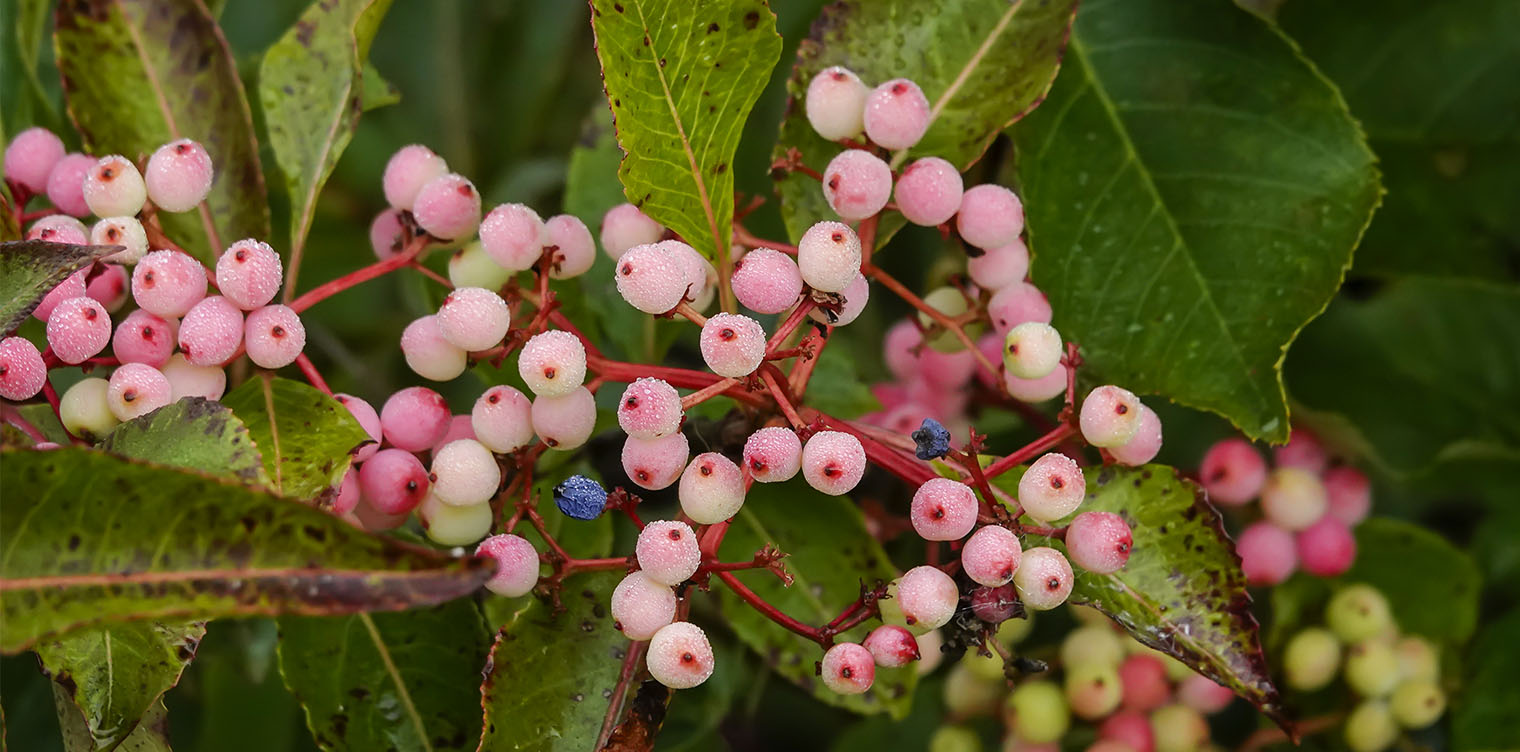
Northern Wild Raisin (Viburnum nudum var cassinoides) is a deciduous shrub that produces clusters of small white flowers in late June and colorful, pinkish berry-like fruit which matures to near-black in fall. This shrub is abundant on poorly drained soils in swamps and bogs in the Adirondacks.
This plant is also known as Withe Rod, Withe-rod, Northern Witherod, Witherod Viburnum, Possum Haw, Possum Haw Viburnum, Northern Wild-raisin, and Wild Raisin. It can be found in some field guides under the scientific name Viburnum cassinoides.
Identification of the Northern Wild Raisin
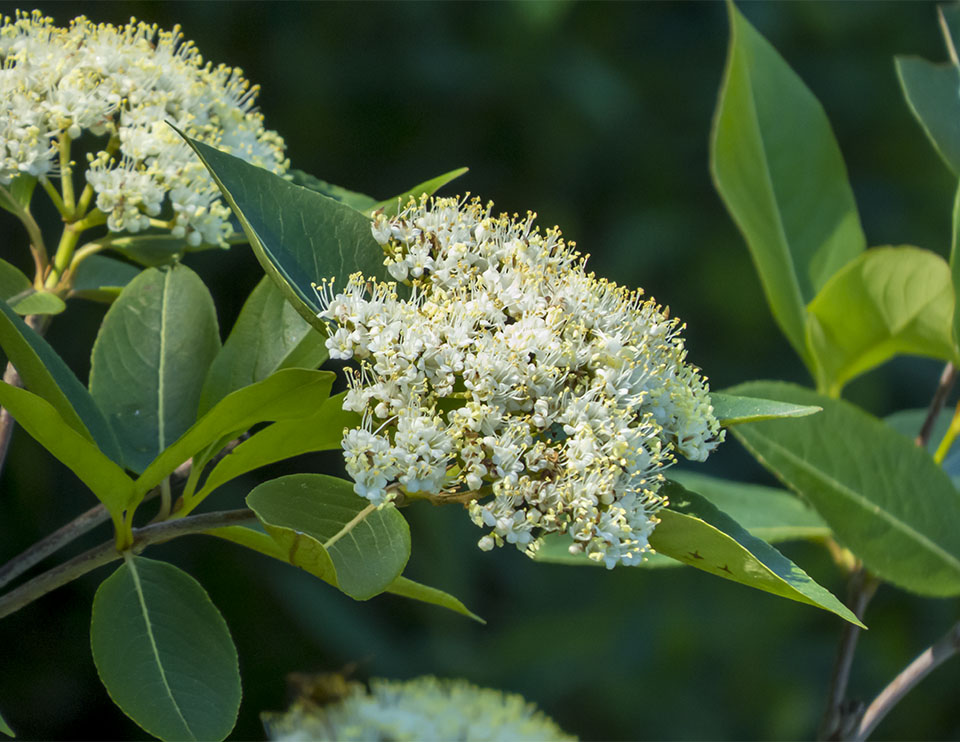
Northern Wild Raisin is an erect, medium-sized, long-lived shrub which reaches maximum height at maturity at about 15 feet.
The leaves of Northern Wild Raisin are simple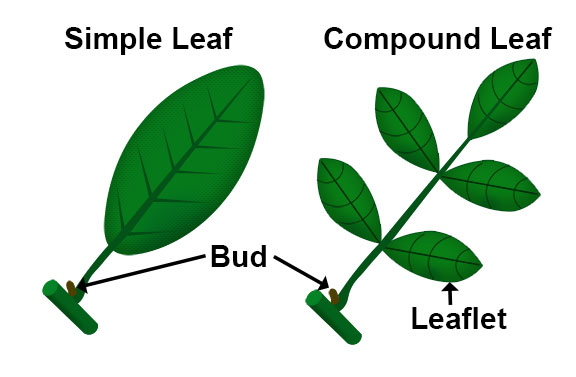 Simple Leaf: A leaf with a single undivided blade, as opposed to a compound leaf, which is one that is divided to the midrib, with distinct, expanded portions called leaflets. (meaning that the leaves are not divided into leaflets) and opposite
Simple Leaf: A leaf with a single undivided blade, as opposed to a compound leaf, which is one that is divided to the midrib, with distinct, expanded portions called leaflets. (meaning that the leaves are not divided into leaflets) and opposite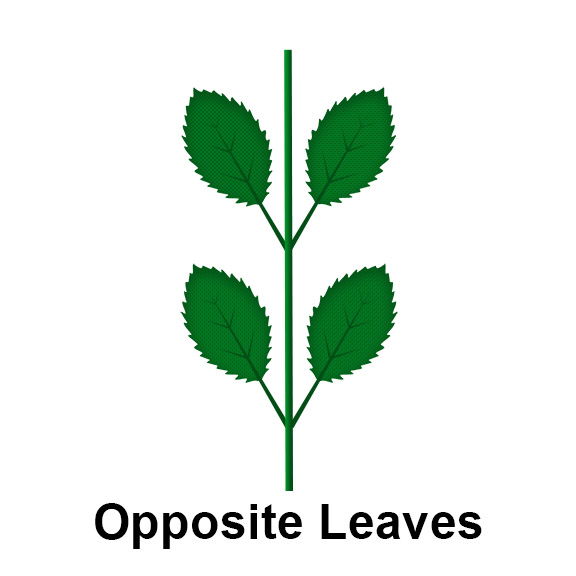 Opposite Leaves: Leaves occurring in pairs at a node, with one leaf on either side of the stem., meaning that they appear in pairs, directly across from each other on the stem. The deep green leaves are two to four inches long. They are narrowly egg-shaped or lance-shaped
Opposite Leaves: Leaves occurring in pairs at a node, with one leaf on either side of the stem., meaning that they appear in pairs, directly across from each other on the stem. The deep green leaves are two to four inches long. They are narrowly egg-shaped or lance-shaped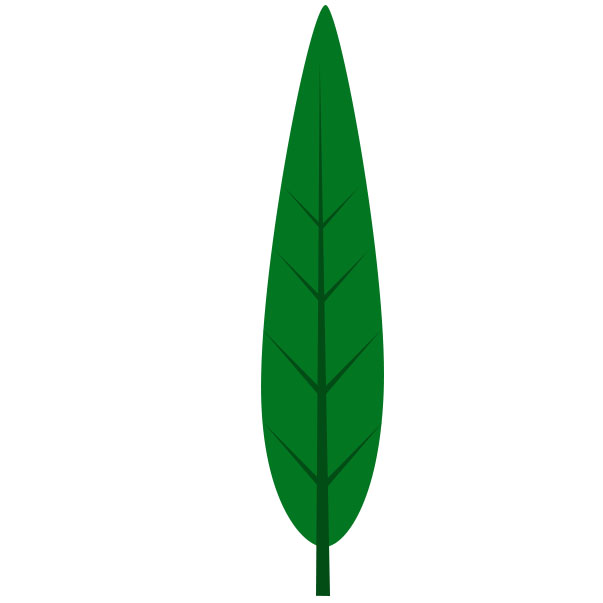 Lanceolate: A leaf shaped like a lance head, tapering to a point at each end., with nearly-smooth or wavy edges with rounded, low teeth.
Lanceolate: A leaf shaped like a lance head, tapering to a point at each end., with nearly-smooth or wavy edges with rounded, low teeth.
The flowers of Northern Wild Raisin appear in a dense cluster usually about four inches wide. The individual flowers are white, ¼
inch wide, with five petals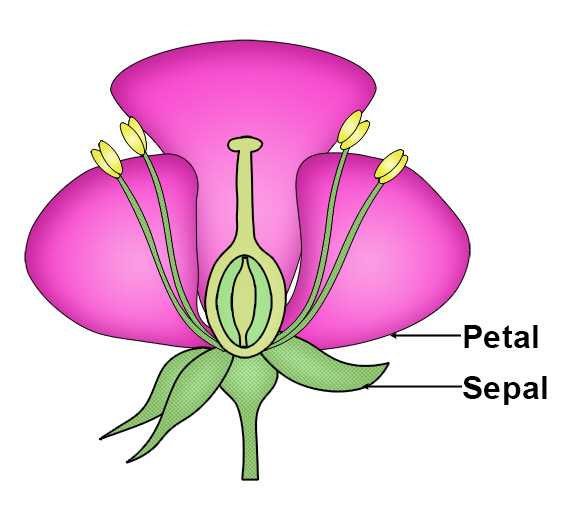 Petals: Modified leaves that surround the reproductive parts of flowers. Petals are often brightly colored or unusually shaped to attract pollinators. and five stamens
Petals: Modified leaves that surround the reproductive parts of flowers. Petals are often brightly colored or unusually shaped to attract pollinators. and five stamens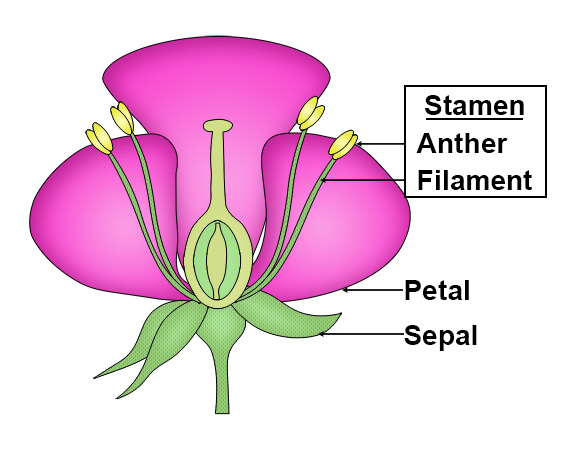 Stamen: The male part of the flower, made up of the filament and anther. topped with yellow anthers
Stamen: The male part of the flower, made up of the filament and anther. topped with yellow anthers.jpg) Anther: the part of a stamen that contains the pollen., giving the flower cluster a creamy glow.
Anther: the part of a stamen that contains the pollen., giving the flower cluster a creamy glow.
In the Adirondacks, the Northern Wild Raisin flowers for a short period in mid- to late-June. A tally of flowering dates for the upland Adirondack areas compiled by Michael Kudish, based on data collected from the early seventies to the early nineties, lists flowering dates from 16 June to 18 June. The pattern of iNaturalist observations for the Adirondack Park over recent years is consistent with that data.
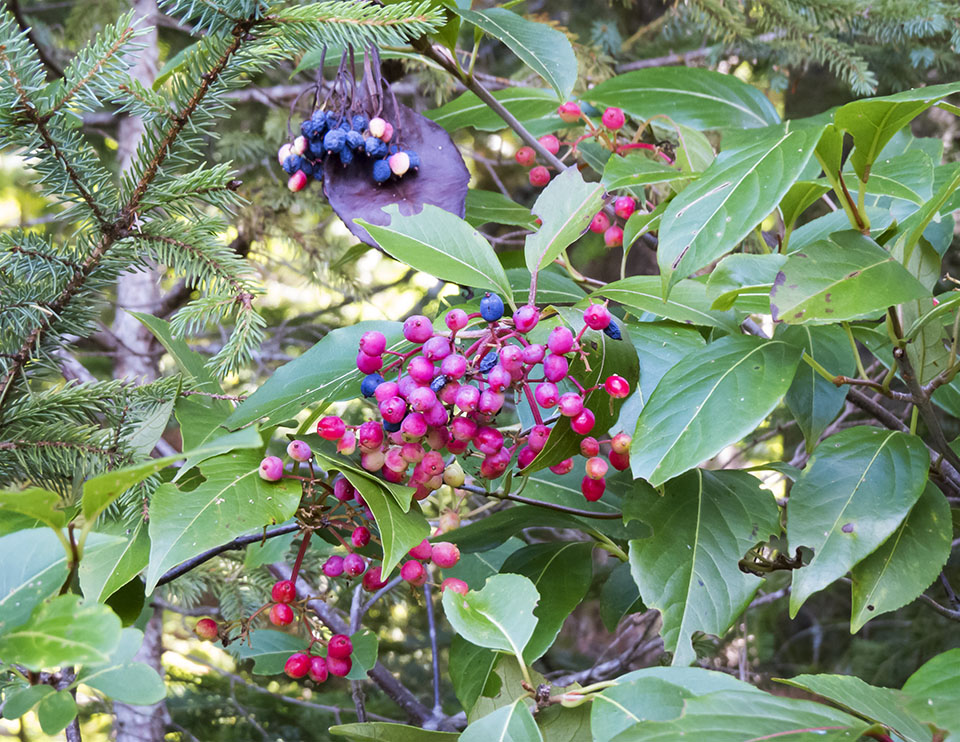
The berry-like fruit appears in clusters after flowering. Each individual fruit is oval with a nipple-like tip. Each fruit is about ⅓ inch long. The fruits, borne on colorful red stems, change color as they mature, starting off yellow-green to pink, and maturing to a dark blue-black. In the Adirondacks, the fruits develop starting in late August and early September, maturing in late September.
The Northern Wild Raisin is quite similar to several other viburnums that grow in the Adirondacks. Leaf shape, habit, and habitat help distinguish them from each other.
- Nannyberry (Viburnum lentago) has similar clusters of tiny white flowers. Its berry-like fruit also ripens to a bluish-black. However, it is larger than the Northern Wild Raisin, with a mature height at 20 years of 28 feet. The leaf is very similar in shape to that of the Northern Wild Raisin, but Nannyberry leaves have tiny teeth, contrasting with the wavy teeth of the Northern White Raisin. Nannyberry can also be found in a wider variety of habitats. Although it can grow along stream banks, it is also at home in drier habitats. Nannyberry is less widely distributed in the Adirondack Park and has yet to be documented in several Adirondack counties; it is more common in the lower elevations in the Park.
- Arrow-wood (Viburnum dentatum) also produces flat-topped clusters of small white flowers of five petals each and berry-like fruit that ripens to near black. It can be found growing in wet habitats, but is equally likely to occur in non-wetlands, such as open, well-drained areas in old fields. The leaves of the Arrow-wood are more egg-shaped, with coarse teeth.
- Mapleleaf Viburnum (Viburnum acerifolium L.) is a smaller shrub (maturing at six feet) and has similar clusters of white flowers, followed by berry-like fruit which ripens to near black. However, its lobe-shaped, toothed
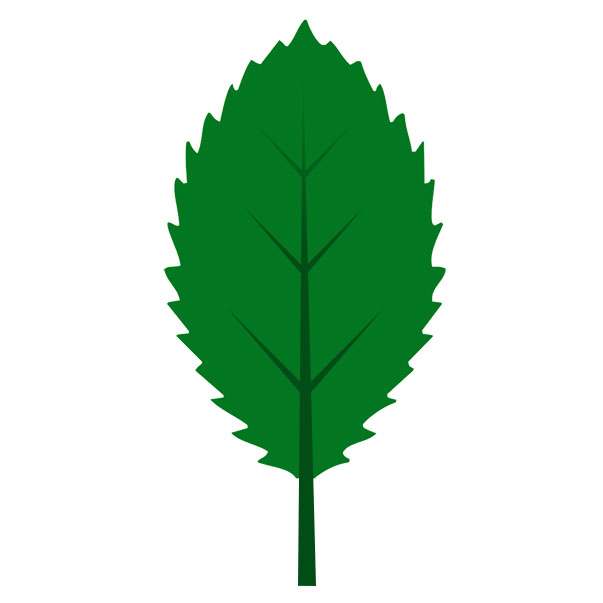 Toothed: Leaves which have a saw-toothed edge. leaves (somewhat similar in shape to maple leaves) are very different. Moreover, in contrast to Northern Wild Raisin, Mapleleaf Viburnum has a preference for well-drained soils and is found primarily in the southeastern regions of the Park and in the foothills of the Adirondack Mountains.
Toothed: Leaves which have a saw-toothed edge. leaves (somewhat similar in shape to maple leaves) are very different. Moreover, in contrast to Northern Wild Raisin, Mapleleaf Viburnum has a preference for well-drained soils and is found primarily in the southeastern regions of the Park and in the foothills of the Adirondack Mountains.
Uses of Northern Wild Raisin
Northern Wild Raisin has a variety of uses as an edible plant. The fruit reportedly may be eaten raw or cooked, and was used by several native American tribes, including the Abnaki and the Algonquin. The fruit has a single large seed, so there is not much flesh, but what's there is said to be sweet and well-flavored. The leaves reportedly may be used as a pleasant-tasting tea substitute.
Northern Wild Raisin also has some medicinal uses. The bark and root bark of the shrub reportedly was used as a tonic. An infusion has been used as a treatment for fever and convulsions. An infusion of bark reportedly was used as a wash for a sore tongue.
Wildlife Value of Northern Wild Raisin
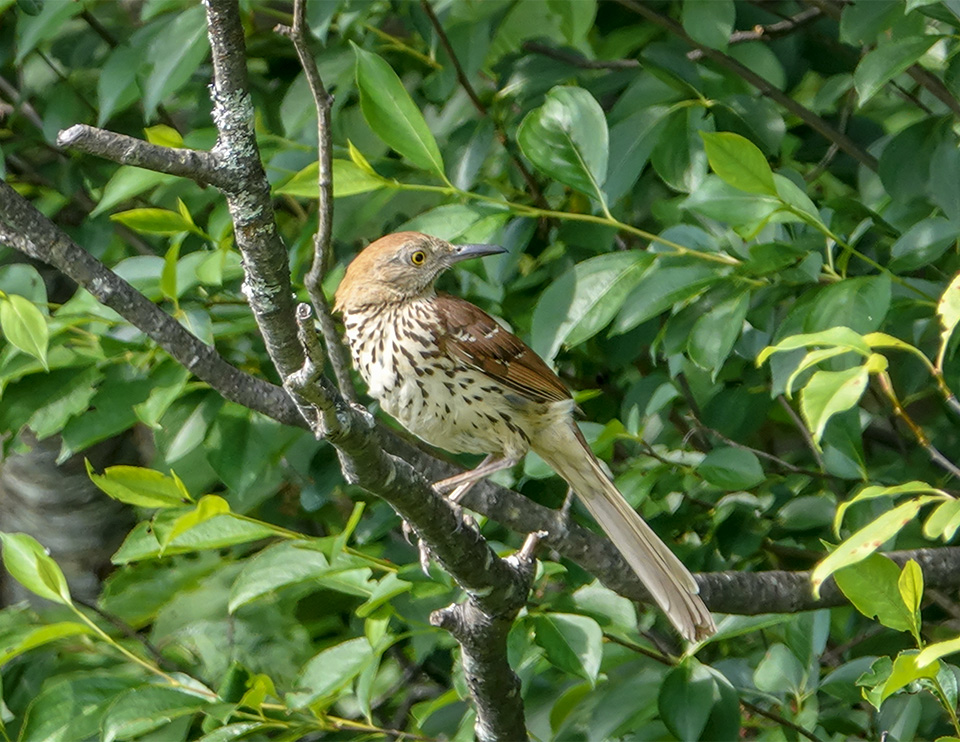
Although Northern Wild Raisin, unlike some other shrubs, consistently bears heavy crops of fruit, it is not ranked as an important wildlife food. Its ripe fruit is eaten by many kinds of wildlife. However, the berries are not a preferred food, and this plant does not represent a significant share of the diet of any of our Adirondack wildlife.
The wildlife which makes greatest use of this shrub as a food source includes Ruffed Grouse, Brown Thrasher, Cedar Waxwing, Rose-breasted Grosbeak, Purple Finch, and other birds.
Red Squirrel, Eastern Chipmunk, Snowshoe Hare, Striped Skunk, and White-tailed Deer also eat the fruit, which can hang onto the bush into the winter. Even in these cases, the shrub's contribution to the nutritional needs of these creatures is modest. In sites where Northern Wild Raisin forms a dense thicket, it can provide cover for various mammals and birds.
Distribution of Northern Wild Raisin
Northern Wild Raisin is found in eastern North America, south to Georgia and west to Wisconsin and Illinois. In Canada, this shrub occurs in Quebec and Ontario. This plant is listed as endangered in Indiana, Kentucky and Pennsylvania, and a plant of special concern in Connecticut.
Within New York State, Northern Wild Raisin is found in most of the counties in the eastern half of the state. This plant is fairly common in swampy and boggy areas in the Adirondacks. Vouchered plant specimens of Northern Wild Raisin have been documented in all counties within the Adirondack Park except Saratoga and Washington counties.
Habitat of Northern Wild Raisin
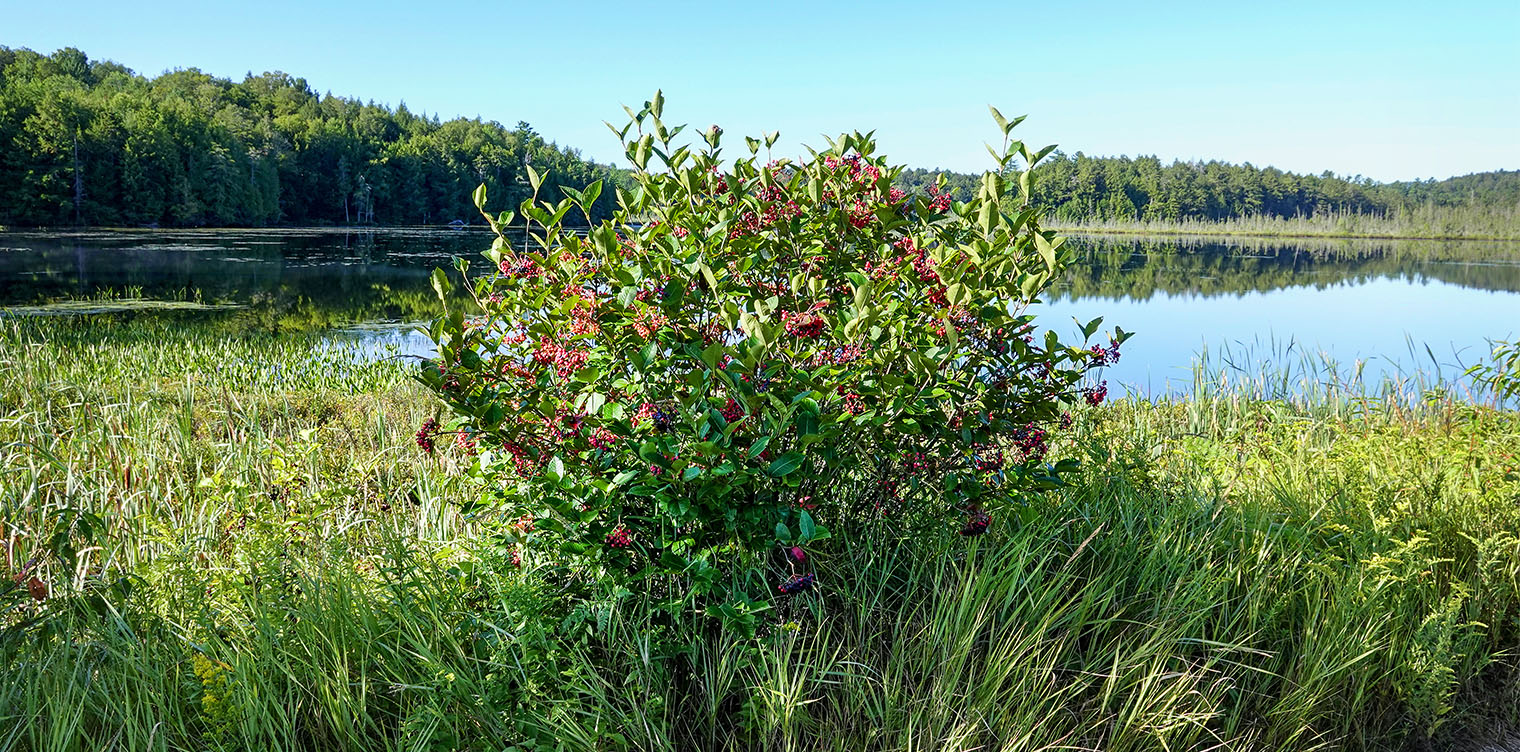
Northern White Raisin is classified as a Facultative Wetland (FACW) plant, meaning that it usually occurs in wetlands on poorly-drained soils, but can occasionally be found in non-wetlands on fairly well-drained soil. Throughout its range, it is seen in swamps, fens, and bogs. It may also occur in non-wetlands thickets, clearings, and forest edges.
In the Adirondack Park, Northern Wild Raisin can be found in a variety of ecological communities, including:
Among the trails covered here, this shrub can be seen on the edges of Heron Marsh at the Paul Smiths VIC, the swampy areas along the Bloomingdale Bog Trail, and the swampy edges of fields at John Brown Farm. It can also be seen on the Lake Colby Railroad Tracks.
References
Michael Kudish. Adirondack Upland Flora: An Ecological Perspective (Saranac, New York: The Chauncy Press, 1992), pp. 194-197.
United States Department of Agriculture. The Plants Database. Withe-rod. Viburnum nudum L. var. cassinoides. Retrieved 9 February 2017.
New York Flora Association. New York Flora Atlas. Northern Wild-raisin. Retrieved 9 February 2017.
New York State Department of Environmental Conservation. New York Natural Heritage Program. Ecological Communities of New York State. Second Edition (March 2014). Retrieved 17 January 2017. pp. 49-50, 66, 71-72, 75-76, 121-122.
New York Natural Heritage Program. 2020. Online Conservation Guide for Black Spruce-Tamarack Bog. Retrieved 10 February 2020.
New York Natural Heritage Program. 2020. Online Conservation Guide for Floodplain Forest. Retrieved 10 February 2020.
New York Natural Heritage Program. 2020. Online Conservation Guide for Hemlock-Hardwood Swamp. Retrieved 10 February 2020.
New York Natural Heritage Program. 2020. Online Conservation Guide for Pine-Northern Hardwood Forest. Retrieved 10 February 2020.
New York Natural Heritage Program. 2020. Online Conservation Guide for Rich Hemlock-Hardwood Peat Swamp. Retrieved 10 February 2020.
New York Natural Heritage Program. 2020. Online Conservation Guide for Shrub Swamp. Retrieved 10 February 2020.
New York Natural Heritage Program. 2020. Online Conservation Guide for Spruce-Fir Swamp. Retrieved 10 February 2020.
iNaturalist. Adirondack Park Observations. Wild Raisin. Viburnum nudum. Retrieved 10 February 2020.
Northern Forest Atlas. Images. Wild Raisin. Viburnum cassinoides. Retrieved 10 February 2017.
Lady Bird Johnson Wildflower Center. Viburnum nudum var. cassinoides. Retrieved 8 February 2017.
Native Plant Trust. Go Botany. Withe-rod. Viburnum nudum L. Retrieved 10 February 2020.
Plants for a Future. Viburnum cassinoides - L. Retrieved 8 February 2017.
New York State. Adirondack Park Agency. Preliminary List of Species Native Within the Adirondack Park Listed Alphabetically by Scientific Name and Sorted by Habit. v.1 Updated 10.23.2006. Retrieved 26 January 2017.
University of Michigan Herbarium. Viburnum cassinoides L. Retrieved 10 February 2017.
Encyclopedia of Life. Wild Raisin. Viburnum nudum var. cassinoides. Retrieved 9 February 2017.
University of Michigan. Native American Ethnobotany. A Database of Foods, Drugs, Dyes and Fibers of Native American Peoples, Derived from Plants. Viburnum nudum var. cassinoides. Retrieved 10 February 2017.
Macphail Woods Ecological Forestry. Wild Raisin. Viburnum cassinoides. Retrieved 10 February 2017.
Lawrence Newcomb. Newcomb's Wildflower Guide (Little Brown and Company, 1977), pp. 302-303.
William K. Chapman and Alan E. Bessette. Trees and Shrubs of the Adirondacks: A Field Guide (Utica, New York: North Country Books, 1990), pp. 106-109, Plates 30, 31, and 32.
Alexander C. Martin, Herbert S. Zim, and Arnold L. Nelson. A Guide to Wildlife Food Habits (New York: Dover Publications, 1951), pp. 363-364.
William Carey Grimm. The Illustrated Book of Wildflowers and Shrubs (Stackpole Books, 1993), pp. 586-591.
National Audubon Society. Field Guide to North American Wildflowers. Eastern Region (Alfred A. Knopf, 2001), pp. 463-465, Plates 162, 163, and 168.
Meiyin Wu and Dennis Kalma. Wetland Plants of the Adirondacks: Ferns, Woody Plants, and Graminoids (Trafford Publishing, 2011), p. 44.
Ronald B. Davis. Bogs & Fens. A Guide to the Peatland Plants of the Northeastern United States and Adjacent Canada (University Press of New England, 2016), pp. 88-89.
Charles H. Peck. Plants of North Elba. (Bulletin of the New York State Museum, Volume 6, Number 28, June 1899), p.100. Retrieved 22 February 2017.
